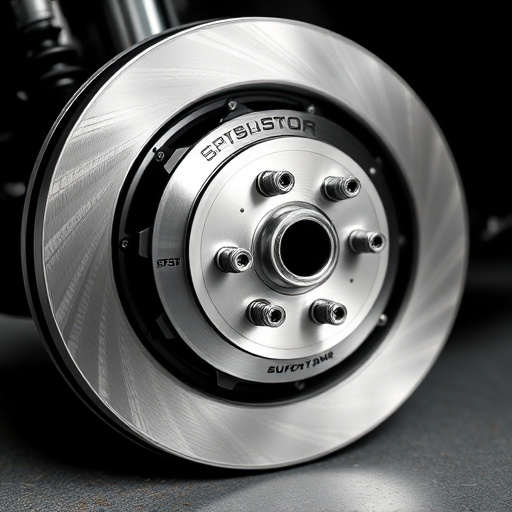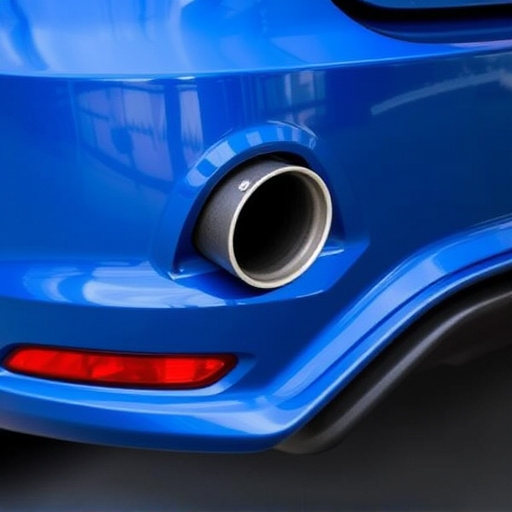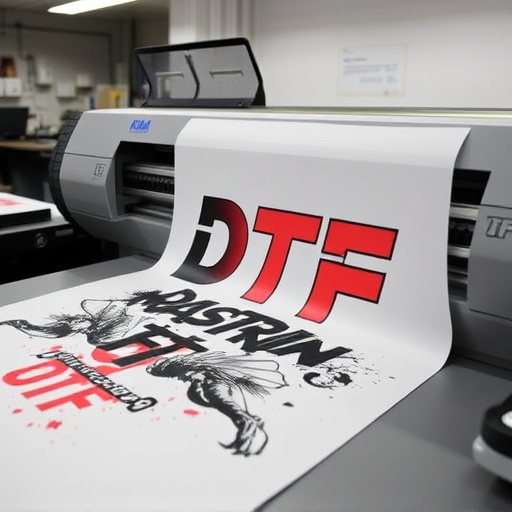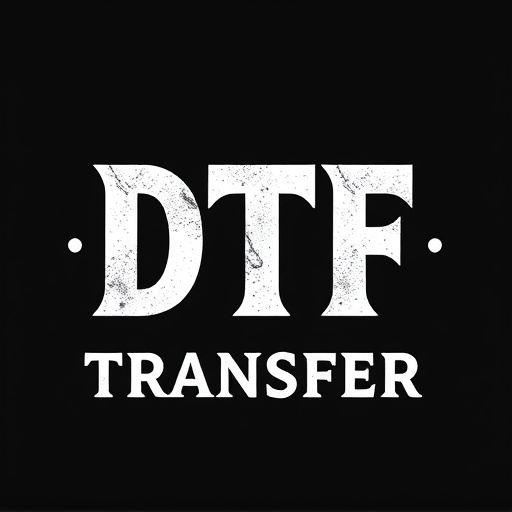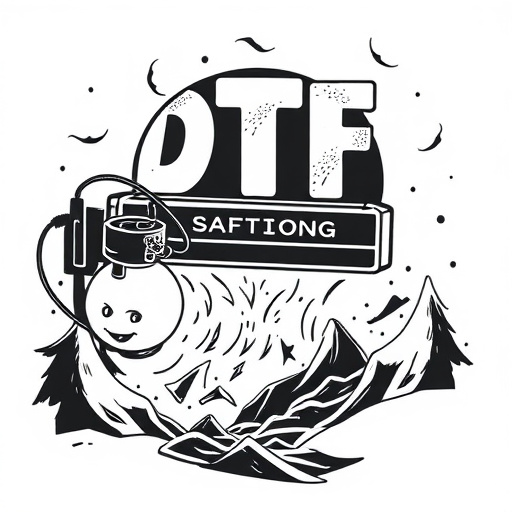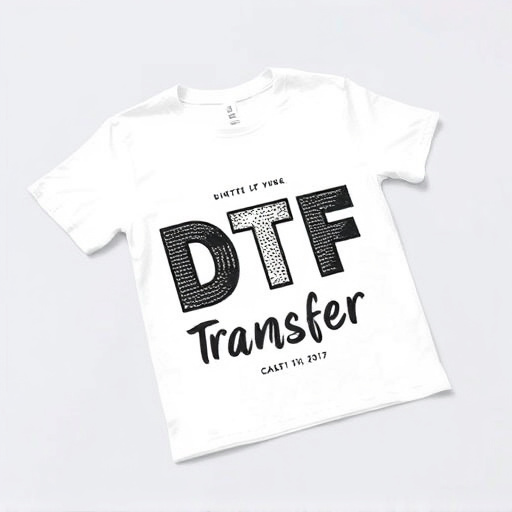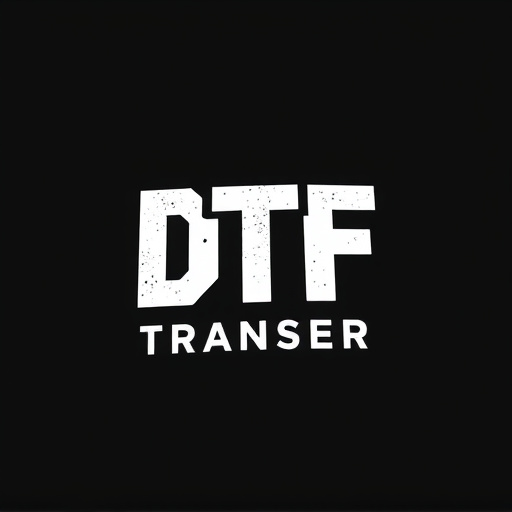Direct to Fabric (DTF) printing is a revolutionary textile technology for custom apparel creators, offering swift production and high-quality results. Using pre-made DTF transfers saves time with streamlined processes, ensuring vibrant prints on various fabrics. The versatile method caters to urgent orders, from crisp vinyl to intricate full-color patterns. Following specific guidelines for design preparation and heat application ensures optimal DTF results. Proper curing and storage maintain print vibrancy and longevity. DTF is an accessible, affordable way to bring artistic visions to wearable art.
“Unleash your creativity with pre-made DTF transfers—a game-changer for instant heat application. This comprehensive guide explores the world of DTF printing, offering a detailed look at its benefits and diverse applications. From understanding the technology to mastering application techniques, we’ll walk you through every step. Discover the art of creating vibrant, long-lasting prints with pre-made DTF transfers, suitable for various materials and designs. Elevate your crafting or customization projects with this innovative method.”
- Understanding DTF Transfers: A Comprehensive Overview
- The Benefits of Using Pre-made DTF Transfers
- Types of DTF Prints: Exploring the Options
- Preparing Your Design for DTF Printing
- Applying Heat: Techniques and Best Practices
- Curing and Maintaining Your DTF Transfer Prints
Understanding DTF Transfers: A Comprehensive Overview
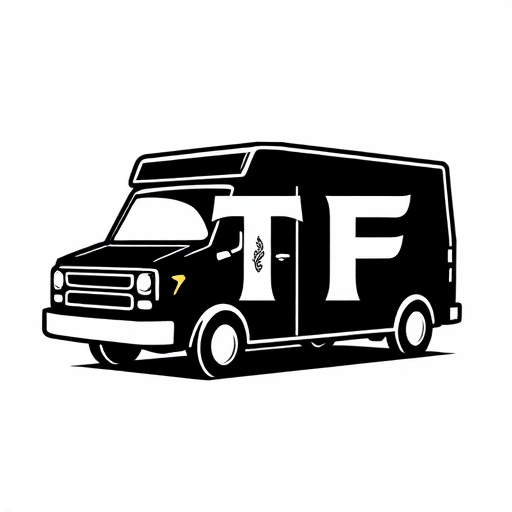
DTF Transfers, or Direct to Fabric (DTF) transfers, represent a revolutionary advancement in the textile printing industry. This innovative technique allows for the creation of pre-made prints that can be applied directly to various fabrics through heat and pressure. DTF Printing offers a multitude of benefits, from its ability to produce high-quality, vibrant DTF Prints to its efficiency in reducing production time.
The process involves specialized printing technology that transfers ink onto a release paper, creating a temporary carrier for the design. This allows printers to precisely apply complex designs and patterns onto fabric with ease. Once heated, the ink melts into the fabric fibers, forming a permanent bond, ensuring the DTF Transfer becomes an integral part of the material. This method is especially popular among custom apparel creators, enabling them to offer fast turnaround times while maintaining exceptional print quality.
The Benefits of Using Pre-made DTF Transfers

Using pre-made DTF Transfers offers a myriad of advantages for those in the custom apparel or textile printing industry. One of the key benefits is the significant time savings they provide. With pre-made transfers, the preparation process is instantly streamlined; these ready-to-use prints eliminate the need for intricate design setup and complex printing procedures. This efficiency allows businesses to reduce turnaround times, cater to urgent orders, and meet tight deadlines without compromising quality.
Moreover, DTF Printing ensures superior print quality and vibrancy. The pre-made transfers are designed to deliver crisp, detailed designs that effectively transfer heat to various materials, resulting in long-lasting, vibrant prints. This technology is particularly versatile, suitable for a wide range of fabrics and surfaces, making it an excellent choice for creating unique, personalized items on demand.
Types of DTF Prints: Exploring the Options

The world of DTF (Direct to Fabric) transfers offers a wide array of options for creators and businesses looking to bring their designs to life swiftly and efficiently. These pre-made transfers, prepared for immediate heat application, cater to diverse needs, from small-batch production to large-scale manufacturing. Among the popular types are vinyl DTF prints, known for their crisp details and suitability for various fabrics. This versatile option is ideal for personalizing t-shirts, caps, and accessories with graphic designs, text, or even photos.
Another notable category is heat transfer paper, designed to adhere to a fabric’s surface when heated. This material allows for intricate patterns and full-color prints, making it perfect for creating unique, custom-made garments. With advancements in technology, DTF printing has become more accessible and affordable, enabling individuals and businesses to effortlessly incorporate their artistic visions into wearable art.
Preparing Your Design for DTF Printing
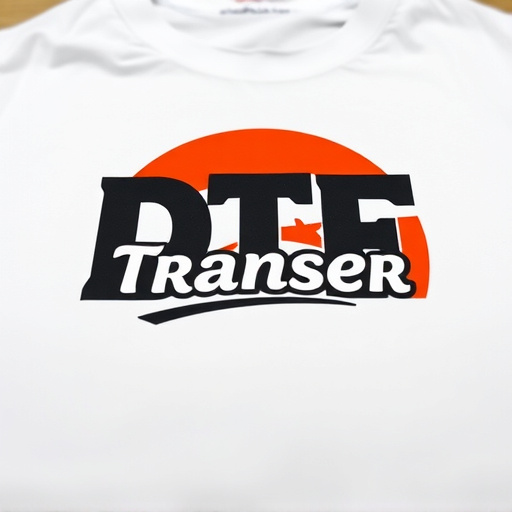
When preparing your design for DTF (Direct to Fabric) printing, it’s crucial to ensure optimal results by following specific guidelines. Start by digitizing your artwork using vector graphics software, as this guarantees crisp lines and precise details when scaled up. Remove any background elements or unwanted areas that won’t print; a clean layout is essential for successful DTF transfers.
Convert your design into a format compatible with DTF printing software. Commonly used file types include SVG, DXF, or AI. Ensure the design has a minimum resolution of 300 DPI (dots per inch) to produce high-quality prints. Properly positioning and sizing your design on the transfer paper is also vital; misalignment can lead to inconsistent results.
Applying Heat: Techniques and Best Practices

Applying heat to pre-made DTF (Direct To Fabric) transfers is an art that requires precision and attention to detail. The best practice is to follow the manufacturer’s guidelines, as each material has its ideal temperature range and application time. Typically, a heat press machine is used for DTF printing; it allows for controlled heating and pressing, ensuring the design is permanently transferred onto the fabric. Start by preheating the machine to the recommended temperature, usually between 150°C – 200°C (300°F – 390°F). Place the T-shirt or fabric face down on the presser plate and align the transfer with care. The pressing time varies depending on the thickness of the material but generally ranges from 15 to 30 seconds.
A common mistake is over-applying heat, which can cause the design to become distorted or even burn into the fabric. It’s crucial to use a timer and keep a close eye on the process. After pressing, remove the fabric and allow it to cool slightly before inspecting the print quality. DTF transfers offer vibrant, durable prints when applied correctly, making them a popular choice for custom clothing and merchandise.
Curing and Maintaining Your DTF Transfer Prints

Curing your DTF (Direct to Fabric) transfer prints is a crucial step in ensuring their longevity and vibrancy. After applying the heat to fuse the design onto the fabric, allow the print to cool completely before handling. Most DTF transfers require a curing time of around 24 hours; during this period, avoid touching or washing the printed area to prevent smudging or damaging the delicate ink. Once cured, store your DTF prints in a cool, dry place away from direct sunlight to maintain their color and quality.
Regular maintenance involves keeping your DTF transfers clean and protected. Gently wash the fabric with mild soap and cold water if necessary, but avoid excessive handling or scrubbing. Consider using a lightweight cloth or paper to protect the print when not in use, especially if it’s intended for long-term display or storage. Proper care will ensure that your DTF prints remain vibrant and durable, allowing you to enjoy their beauty for years to come.


